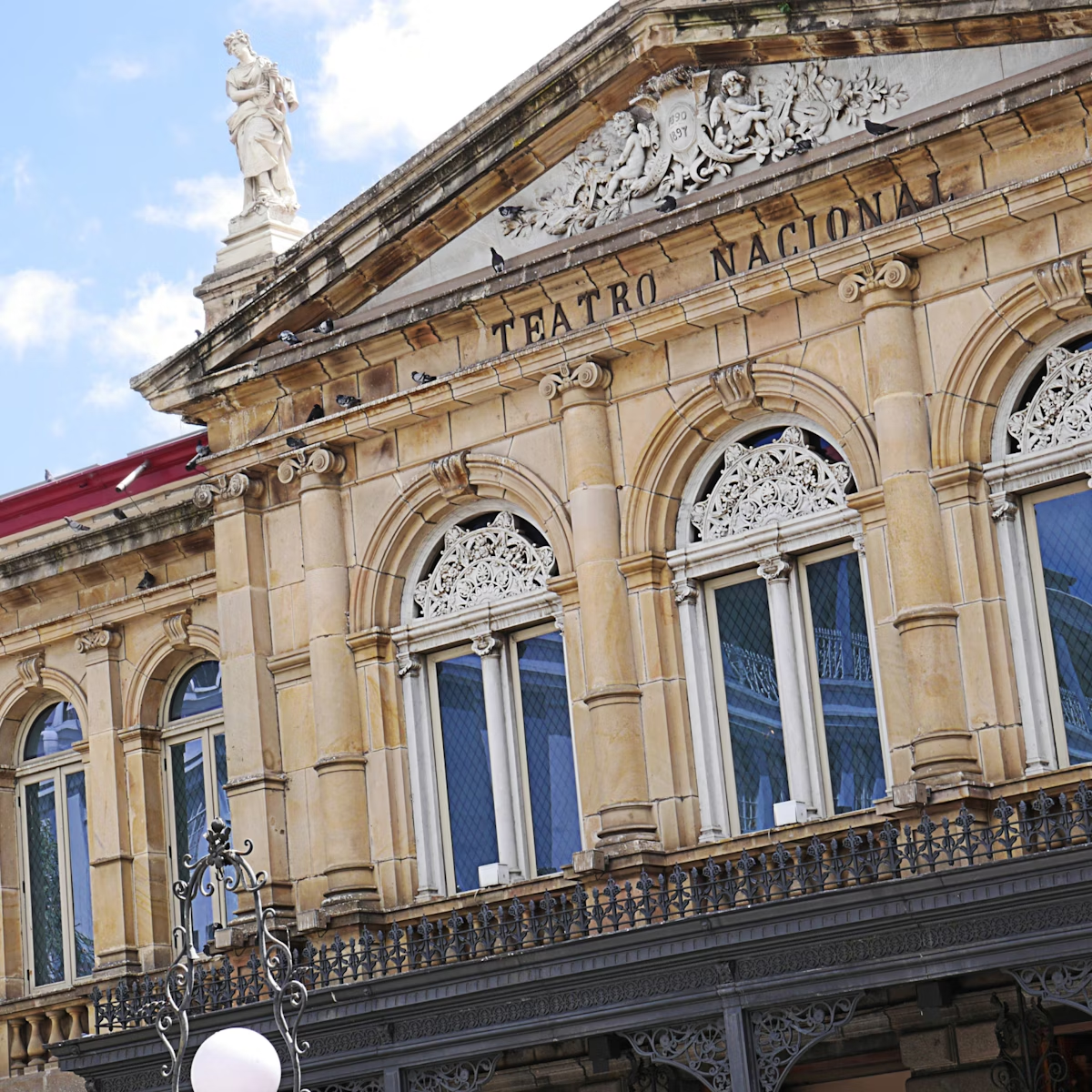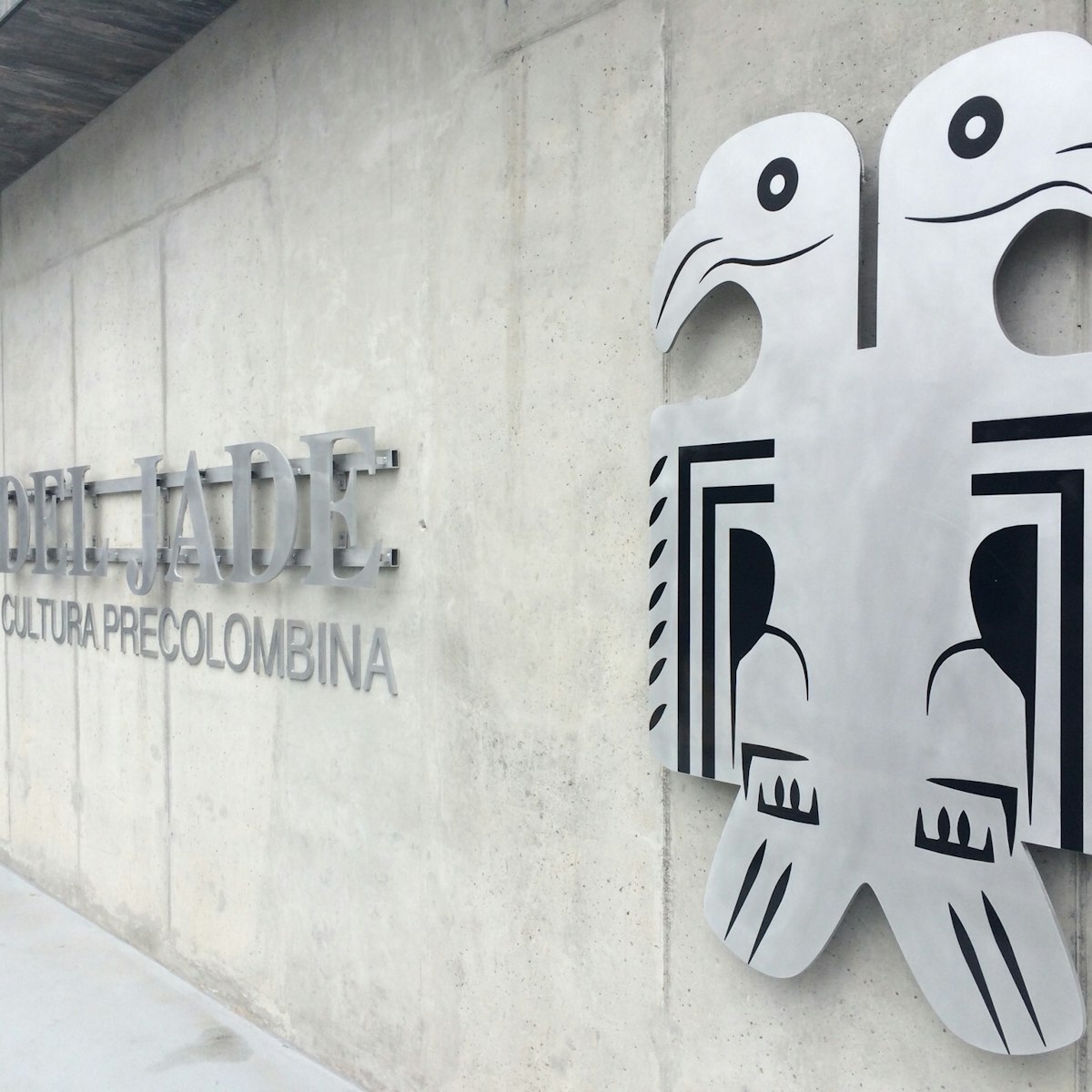This is the largest and most important archaeological site in the country. Although Guayabo isn't nearly as breathtaking as Mayan and Aztec archaeological sites (don't expect pyramids), excavations have unearthed sophisticated infrastructure and mysterious petroglyphs. Polychromatic pottery and gold artefacts found here are also exhibited at the Museo Nacional in San José.
The site, which may have been occupied as early as 1000 BCE, was mysteriously abandoned by 1400 CE – the Spanish conquistadors, explorers and settlers left no record of having found the ruins. For centuries the city lay largely untouched under the cover of the area’s thick highland forest. But in 1968 archaeologist Carlos Aguilar Piedra of the University of Costa Rica began systematic excavations of Guayabo. Though the work is underfunded, archaeologists continue to hypothesize about Guayabo's significance; most believe it was an important cultural, religious and political center.
The most impressive find at Guayabo is the aqueduct system, which may have served more than 20,000 people in 800 CE, at the height of the city's prominence. The system uses enormous stones hauled in from far-off Río Reventazón along an 8km road that's in pretty good shape (by Costa Rican standards). The extra effort was worth it: the cisterns still work and the site still has (theoretically) potable water, which you can enjoy among various unearthed structures and unexcavated mounds.
Bilingual interpretive signs are placed at regular intervals along the well-maintained loop trail that runs through the ruins and surrounding forest; featured stops include the central mound where the city's largest dwelling once stood, the remains of an aqueduct and retaining pool, a viewpoint overlooking the entire site, and a two-sided petroglyph depicting a jaguar and a lizard.
Average annual rainfall is about 3500mm, making dry season (January to April) the best time to visit – though it might still rain. Bring insect repellent; it gets mighty buggy. Tours (US$20, book at the entrance) are available in Spanish only.
The road from Turrialba to Guayabo is full of potholes – a 4WD is highly recommended.







